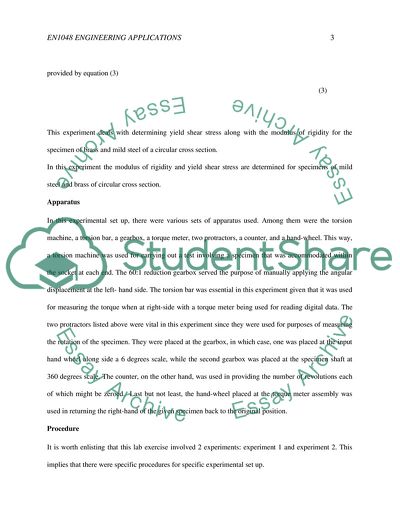Cite this document
(Importance of the Modulus of Rigidity Lab Report Example | Topics and Well Written Essays - 1500 words - 1, n.d.)
Importance of the Modulus of Rigidity Lab Report Example | Topics and Well Written Essays - 1500 words - 1. https://studentshare.org/engineering-and-construction/1795739-torsion
Importance of the Modulus of Rigidity Lab Report Example | Topics and Well Written Essays - 1500 words - 1. https://studentshare.org/engineering-and-construction/1795739-torsion
(Importance of the Modulus of Rigidity Lab Report Example | Topics and Well Written Essays - 1500 Words - 1)
Importance of the Modulus of Rigidity Lab Report Example | Topics and Well Written Essays - 1500 Words - 1. https://studentshare.org/engineering-and-construction/1795739-torsion.
Importance of the Modulus of Rigidity Lab Report Example | Topics and Well Written Essays - 1500 Words - 1. https://studentshare.org/engineering-and-construction/1795739-torsion.
“Importance of the Modulus of Rigidity Lab Report Example | Topics and Well Written Essays - 1500 Words - 1”. https://studentshare.org/engineering-and-construction/1795739-torsion.


